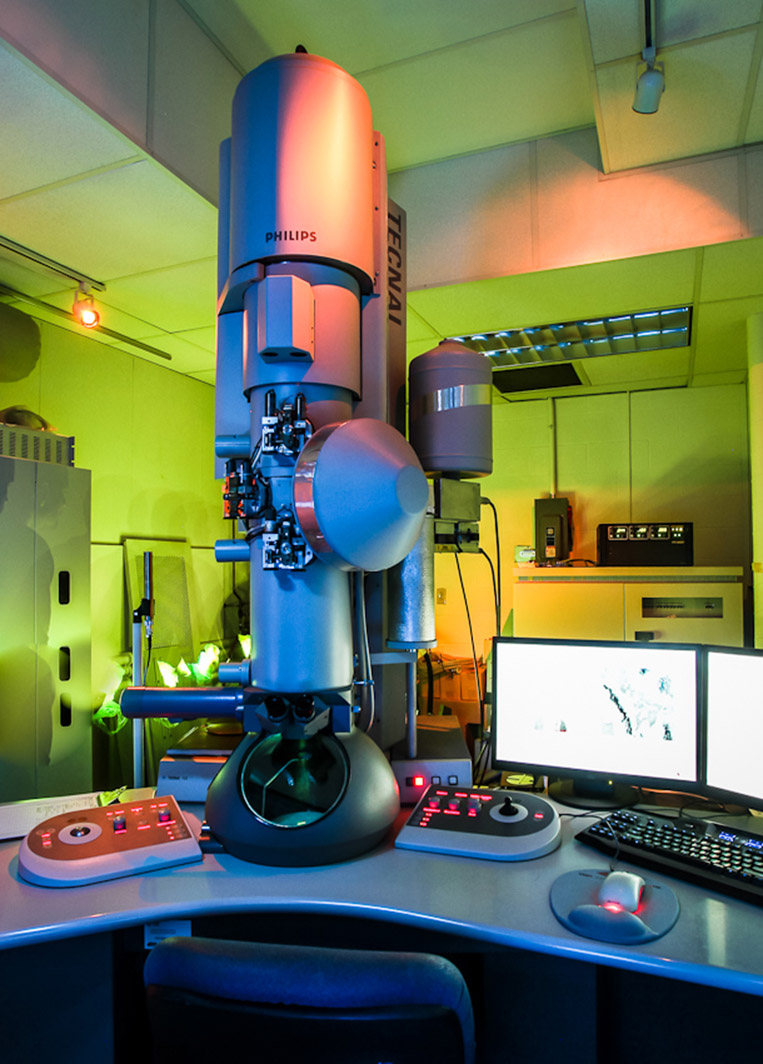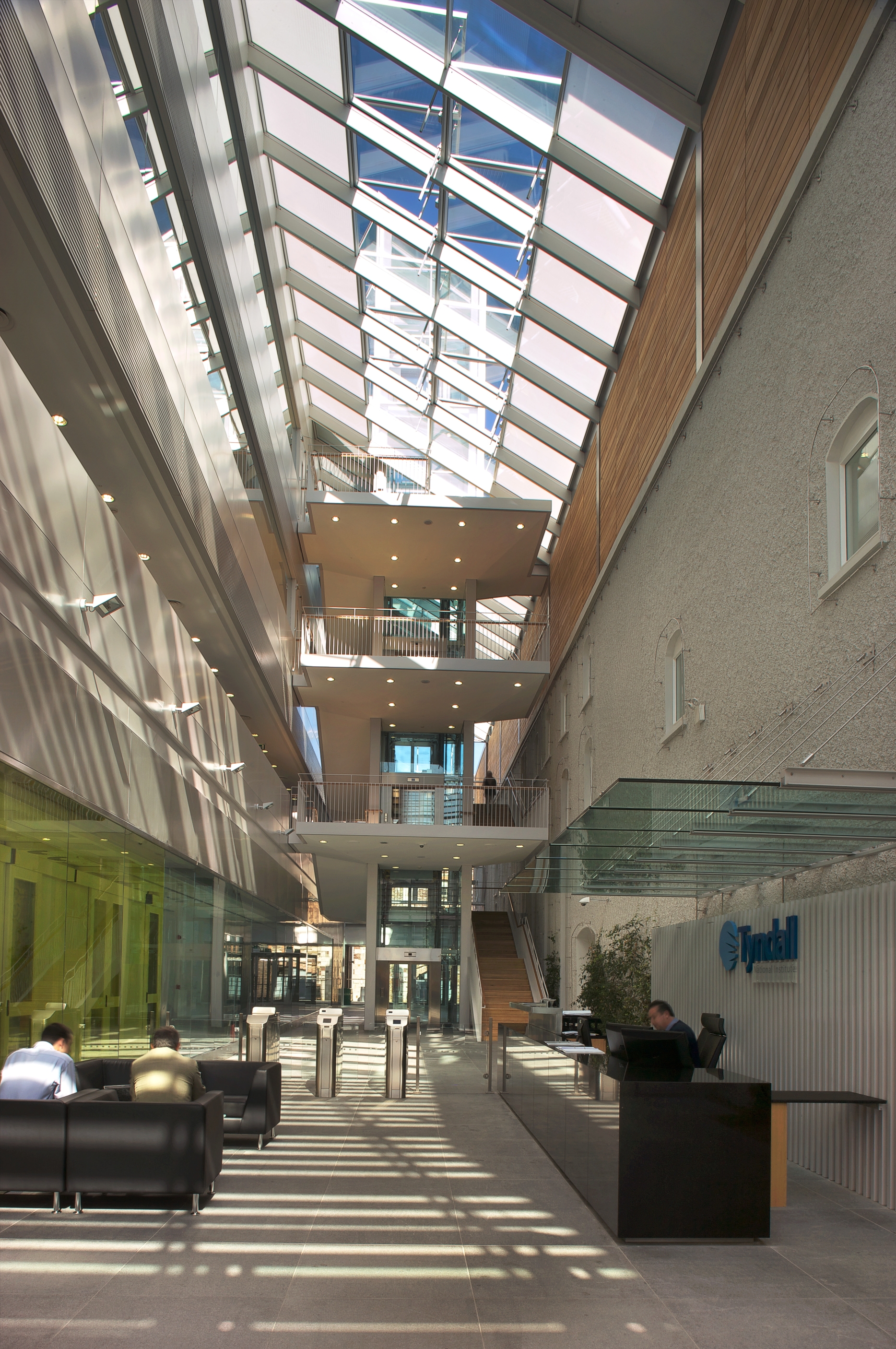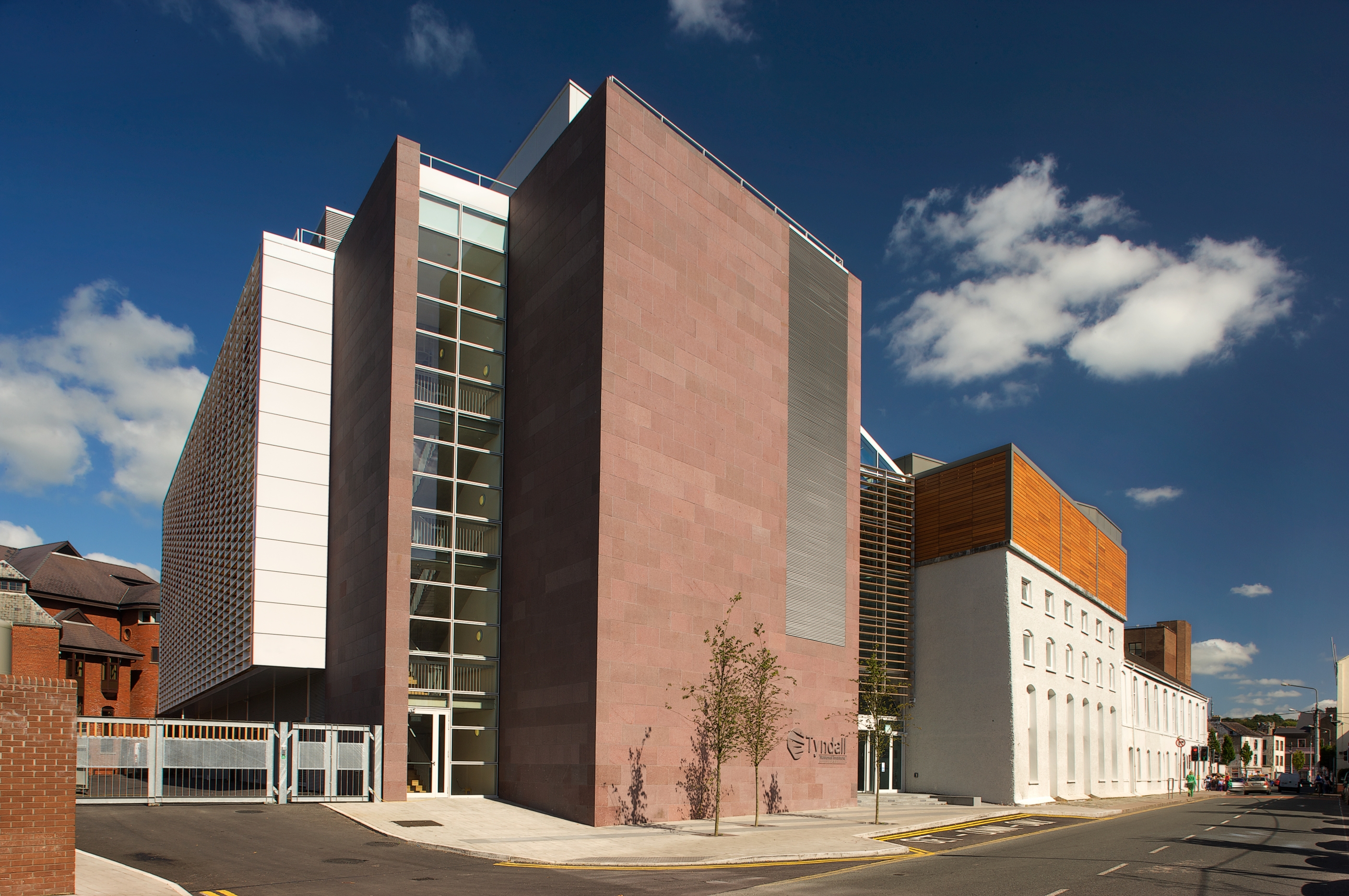The Ohio State University’s Institute for Materials Research (IMR) has partnered with the Tyndall National Institute of Ireland to initiate a new program to immediately advance international research projects and lay the groundwork for increasing research collaborations between the two entities.
The goal of the Tyndall-IMR Catalyst Program is to stimulate new projects, which build on complementary assets of both institutions and are likely to lead to near-term joint publication and joint proposal development for high-impact research in areas aligned with priorities of both IMR and Tyndall. These include scientific and engineering endeavors in areas that include, but are not limited to, advanced semiconductors, photonics, emergent materials, quantum science and technologies, medical devices, sustainable materials and advanced manufacturing.
“Tyndall is a powerhouse research and innovation center in a number of areas that are well aligned with IMR’s signature areas and the interests of many of our faculty,” said Prof. Steven A. Ringel, IMR Executive Director. “We are honored by the establishment of this strategic, international partnership. The two pilot projects already underway highlight the wide range of our common interests, and I am looking forward to their success and further growing the Tyndall-IMR collaboration.”
Each Catalyst research team consists of two principal investigators, one from each institution, with complementary expertise and access to research facilities and instruments.
“We are proud to expand Tyndall’s successful Catalyst Award internationally in this collaboration with the Institute for Materials Research at The Ohio State University,” said William Scanlon, Tyndall Chief Executive Officer. “The initiative has launched with projects from world-leading researchers at both locations and we look forward to seeing the positive impacts of their research come to light.”
The program is jointly administered by IMR and Tyndall, with Dr. Graeme Maxwell leading the Tyndall team. Maxwell is the Head of Specialty Products and Services at Tyndall.
“I am delighted to see our first joint Catalyst Award is off to such a successful start and I look forward to welcoming new applications later this year,” he said.
The Catalyst Program has already launched with two pilot projects in the areas of nanomagnetic materials with implications for future data storage technologies, and compound semiconductor-based photonic integration for future applications in fields that include on-chip biomolecule sensing for next generation medical devices. Projects receive funding for six months, covering facility and user fees, as well as other specific costs associated with lab work.
Advancing data storage through nanomagnetic materials explorations

The Tecnai F20 microscope at Ohio State’s Center for Electron Microscopy and Analysis (CEMAS)
Lynette Keeney of Tyndall designed a rare multiferroic (intertwining ferroelectric and ferromagnetic properties) material that allows for innovative ways of manipulating data and storing information.
In this exciting new project, Lynette has fostered a new collaboration with David McComb, director of Ohio State’s Center for Electron Microscopy and Analysis (CEMAS), and Núria Bagués Salguero, a research associate at CEMAS.Their expertise in atomic resolution, direct electron detection electron energy loss spectroscopy (EELS) will allow the team to directly “see” the atoms responsible for ferromagnetic behavior and will enable them to determine the charge that these atoms carry.
These scientifically challenging experiments will progress the fundamental understandings of the factors controlling the unique multiferroic properties of this intriguing material, so that researchers can optimize properties and exploit this material for future data storage applications.
Photonic integrated circuits

Tyndall National Institute of Ireland
Shamsul Arafin, an assistant professor in Ohio State’s Department of Electrical and Computer Engineering, is collaborating with Tyndall’s III-V materials and devices group leader Brian Corbett. Their team is investigating materials and device technology that will lead to the development of visible light Photonic Integrated Circuits (PICs).
Compact PICs based on visible light could be applied in monitoring, sensing, atomic clocks and information processing systems. For example, in healthcare, the technology could be leveraged for on-chip sensing to detect biomolecules.
Ohio State and Tyndall are an ideal match in the pursuit to develop a visible light platform. Researchers at Tyndall had previously established processes to incorporate active components by transfer printing for heterogeneous integration. Ohio State researchers have a deep interest in the topic with expertise in the design of PICs and lasers, as well as fabrication and measurement of lasers.
The team’s vision is to integrate on-chip pump lasers by transfer printing on the non-linear PIC to produce green light by second harmonic generation. In this pursuit, researchers will utilize spaces at both institutions: Tyndall’s Specialty Products and Services labs and Ohio State’s Nanotech West Laboratory, Semiconductor Epitaxy and Analysis Laboratory, and the Center for Electron Microscopy and Analysis.
Tyndall is a leading European research center in integrated ICT (Information and Communications Technology). Specializing in both electronics and photonics, Tyndall works with industry and academia to transform research into products in its core market areas of electronics, communications, energy, health, agri-tech and the environment. They are focused on delivering human and economic impact from excellence in research.
IMR guides and supports the materials-allied research enterprise at The Ohio State University, the state’s best and one of the nation’s top-20 public universities. There, IMR leads an interdisciplinary, materials-related research and innovation ecosystem that spans from fundamental science to engineering to translational interfacing with industry.
Story by Mike Huson, IMR Communications Coordinator
Contact: huson.4@osu.edu
Follow: @OhioStateIMR


